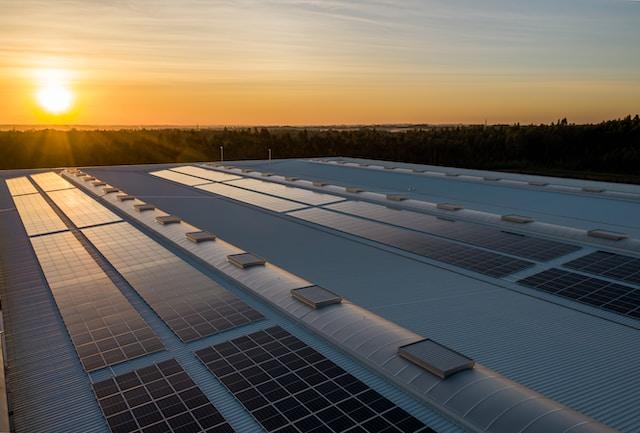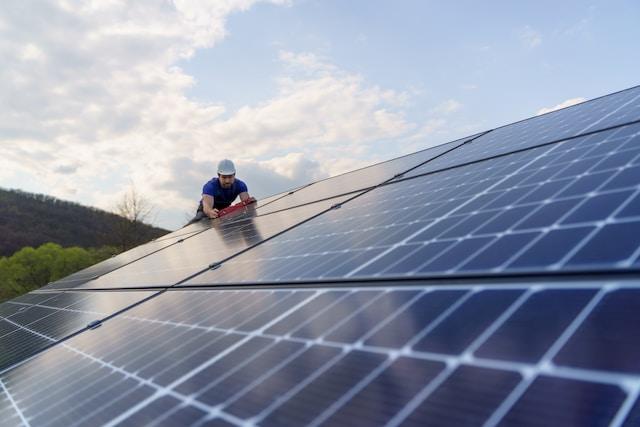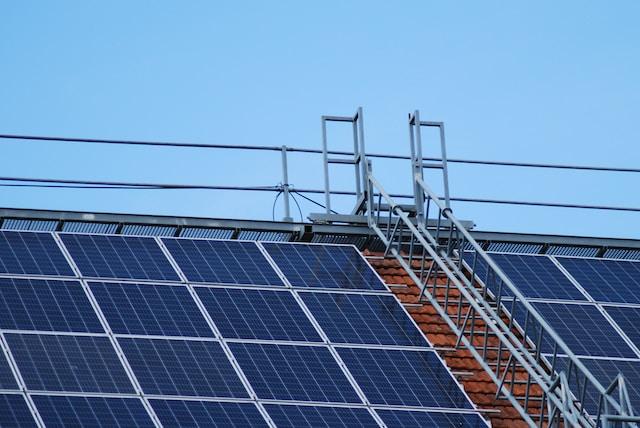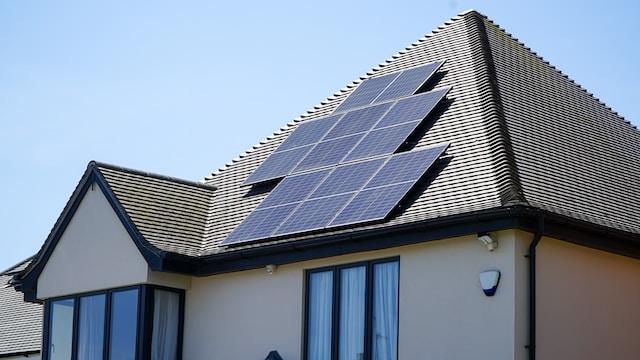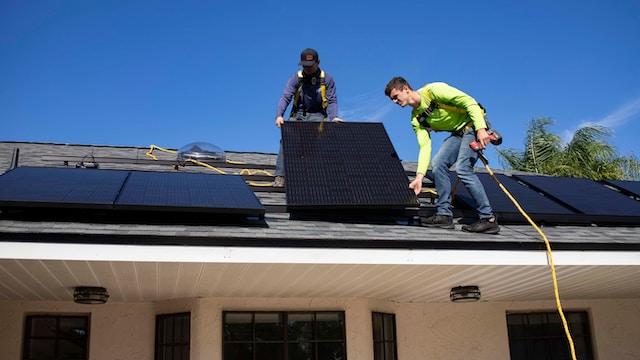
The Ultimate Guide to the Perfect Solar Panel Installation: Location and Orientation for Optimal Performance
Introduction
Solar panels have become an essential component of renewable energy solutions worldwide, harnessing the sun's power to produce clean, sustainable electricity. With the growing demand for eco-friendly energy alternatives, selecting the ideal location and orientation for solar panels is crucial to maximize their efficiency and solar energy production. Understanding the key factors involved in optimal solar panel placement can significantly impact the overall performance and return on investment. This article serves as a comprehensive guide to help you determine the best location and orientation for your solar panels, ensuring you can make the most of this incredible energy resource. By following the expert tips and advice shared here, you can confidently enhance your solar installation and contribute to a greener, more sustainable future.
Factors to Consider for Solar Panel Placement
When planning a solar panel installation, there are several critical factors to consider for optimal solar panel placement. One of the most important factors is sun exposure. Solar panels rely on sunlight for maximum efficiency, making it essential to track the sun's path throughout the day to ensure panels receive the greatest amount of sunlight possible. It's crucial to avoid shading issues from trees, buildings, or other obstructions that may reduce the panels' energy output. Climate plays a significant role in solar panel efficiency, with seasonal variations in sunlight, temperature, and weather conditions directly impacting their performance. In regions with distinct seasons, it's vital to account for changes in the sun's angle and intensity throughout the year. Additionally, solar panels tend to perform better in cooler temperatures, so it's important to consider the effects of extreme heat or cold on your installation. Weather factors such as snow, rain, and wind can also affect solar panel efficiency, and protective measures may be necessary to mitigate these impacts. The roof's characteristics are another crucial aspect of solar panel placement. The material and condition of your roof must be suitable for supporting solar panels, ensuring their longevity and performance. Roof size, angle, and pitch can influence the amount of sunlight received by the panels and ultimately dictate their overall energy production. For example, a flat roof may require an angled mounting system to capture sunlight effectively, while a steeply pitched roof may limit the available space for installation. It's also vital to assess potential obstructions such as chimneys, vents, or satellite dishes that could hinder solar panel placement or create shading issues. In summary, proper solar panel placement is a complex process that requires careful consideration of sun exposure, climate, and roof characteristics. By thoroughly evaluating these factors, you can optimize your solar panel installation for maximum efficiency and energy production. With an expertly designed system, you'll be well on your way to harnessing the sun's power for clean, renewable energy and reducing your carbon footprint for a greener, more sustainable future.
Optimal Orientation for Solar Panels
Selecting the optimal orientation for your solar panels is critical to maximize their energy production and efficiency. The ideal solar panel orientation depends on your location in either the Northern or Southern Hemisphere. In the Northern Hemisphere, south-facing panels are recommended for maximum sun exposure throughout the day. To further enhance energy production, it's important to find the optimal tilt angle for your panels based on your latitude. Generally, a tilt angle equal to your latitude will yield the best results, but consulting a solar professional can help you fine-tune this figure for your specific location. For those in the Southern Hemisphere, north-facing panels are the preferred orientation to capture the most sunlight. As with the Northern Hemisphere, determining the ideal tilt angle for your solar panels based on your latitude is crucial for optimizing their efficiency. By carefully calculating this angle, you can ensure your solar installation captures the maximum amount of sunlight available. In certain situations, east or west-facing panels might be the only viable option due to limitations in roof space or other factors. While this orientation may not provide the same level of sun exposure as south or north-facing panels, there are still benefits and drawbacks to consider. One advantage is that east-facing panels capture morning sunlight, while west-facing panels take advantage of the afternoon sun, potentially extending the overall energy production period. However, a drawback is that the total energy output may be lower compared to optimally oriented panels. Considering an east or west-facing orientation might be necessary if your property's layout or local regulations prevent you from installing south or north-facing panels. In such cases, it's essential to consult a solar professional to help you make the most of your available options and maximize your solar energy production. In conclusion, choosing the optimal orientation for your solar panels is crucial to ensure their highest efficiency and energy output. Whether you're located in the Northern or Southern Hemisphere, taking the time to assess your property and consult with experts can help you make the most of your solar investment, contributing to a cleaner, more sustainable energy future.
Ground-mounted vs. Roof-mounted Solar Panels
When planning a solar panel installation, one of the critical decisions you'll need to make is whether to opt for ground-mounted or roof-mounted solar panels. Each option offers its unique advantages and considerations, which are essential to understand in order to make an informed choice for your solar energy system. Ground-mounted solar panels provide several benefits, including flexibility in location and orientation. With the ability to install them anywhere on your property, you can choose the most optimal position to maximize sun exposure and energy production. This flexibility also allows for precise control over the panels' tilt and orientation, potentially resulting in higher efficiency. Additionally, ground-mounted panels often offer ease of maintenance, as they can be more accessible for cleaning and repairs compared to their roof-mounted counterparts. On the other hand, roof-mounted solar panels offer several advantages as well. By utilizing existing space on your roof, you can save valuable land for other uses, such as gardening or outdoor living. Roof-mounted panels often have a more aesthetic appeal, as they blend in with the building's architecture and avoid occupying ground space. Additionally, roof-mounted installations typically provide better security against theft and vandalism since they are more challenging to access. `When deciding between ground-mounted and roof-mounted solar panels, several factors must be considered. These factors include your property's available space, roof condition and material, local building codes and regulations, and personal preferences regarding aesthetics and accessibility. Furthermore, consider the cost differences between the two options, as ground-mounted installations may require additional support structures and site preparation compared to roof-mounted systems. In conclusion, choosing between ground-mounted and roof-mounted solar panels is a crucial decision that depends on your unique circumstances and preferences. By carefully evaluating the advantages and factors associated with each option, you can make the best choice for your solar energy system. Regardless of your choice, installing solar panels is an excellent way to contribute to a cleaner, more sustainable future, while also enjoying the benefits of reduced energy costs and increased energy independence.
Local Regulations and Incentives
Understanding local regulations and incentives is a critical aspect of planning and installing a solar energy system. Navigating building permits, zoning regulations, and various incentives can be complex, but doing so is essential to ensure your solar installation is compliant and takes advantage of all available opportunities for cost savings. Firstly, be aware of the building permits and zoning regulations in your area. These may dictate where and how you can install solar panels on your property. Some localities may have restrictions regarding the height, size, or aesthetic appearance of solar panel installations, while others might require specific engineering or structural evaluations. Consulting with local authorities and solar professionals can help you navigate these regulations and ensure your installation adheres to all applicable requirements. In addition to regulatory compliance, it's important to familiarize yourself with state and federal incentives available for solar installations. Programs such as the Federal Solar Investment Tax Credit (ITC) can significantly reduce the cost of your solar energy system. Many states also offer additional incentives, including rebates, grants, and tax credits, to further promote the adoption of renewable energy. Researching and applying for these incentives can help make your solar installation more affordable and provide a faster return on investment. Lastly, it's essential to understand your utility company's policies and net metering opportunities. Net metering allows you to feed excess solar energy back into the grid, offsetting your energy consumption and reducing your overall utility costs. However, net metering policies can vary between utility companies and regions, so it's vital to know how these programs apply to your specific situation. In summary, navigating local regulations and incentives is a critical aspect of planning your solar panel installation. By understanding building permits, zoning regulations, available incentives, and utility company policies, you can ensure a smooth installation process and maximize the financial benefits of your solar energy system. With these factors in mind, you'll be well-prepared to contribute to a more sustainable energy future.
Conclusion
In conclusion, choosing the best location and orientation for solar panels is crucial for optimizing energy production and overall efficiency. Carefully consider factors such as sun exposure, climate, and roof characteristics to ensure your solar panels receive maximum sunlight throughout the day. Optimal orientation, depending on your location in the Northern or Southern Hemisphere, is also vital for maximizing energy output. Furthermore, carefully weigh the benefits and factors associated with ground-mounted and roof-mounted solar panels to determine the ideal installation for your property. Proper solar panel placement is essential for long-term efficiency and return on investment, as it directly impacts your energy savings and system performance. To ensure the best possible outcome for your solar installation, we highly recommend consulting with solar professionals who can provide a personalized assessment of your needs and guide you through the process. By making informed decisions about your solar energy system, you can contribute to a cleaner, more sustainable future while enjoying the financial and environmental benefits it offers.
Apr 1, 2023
Share:
Fresh off the Press
Continue reading
Newsletter
Your journey towards a sustainable lifestyle starts here!
Join our newsletter for the latest on solar panels and clean energy breakthroughs.

